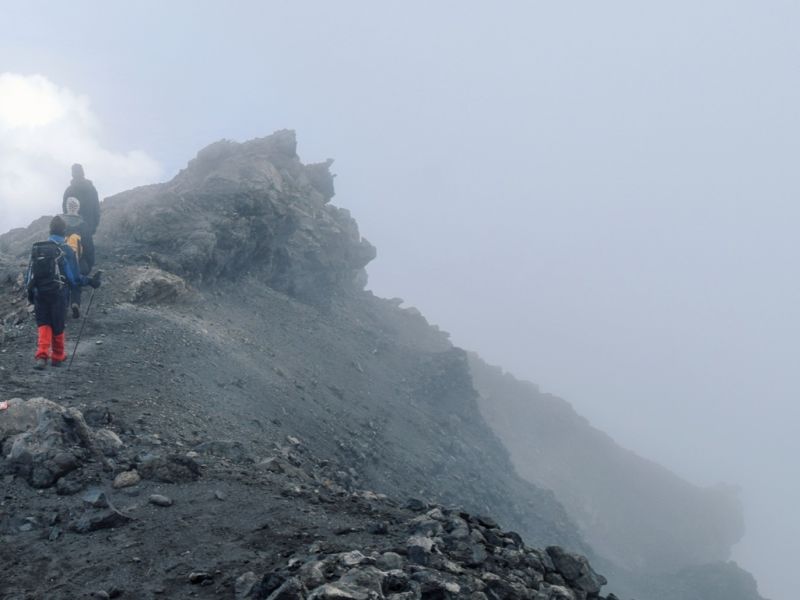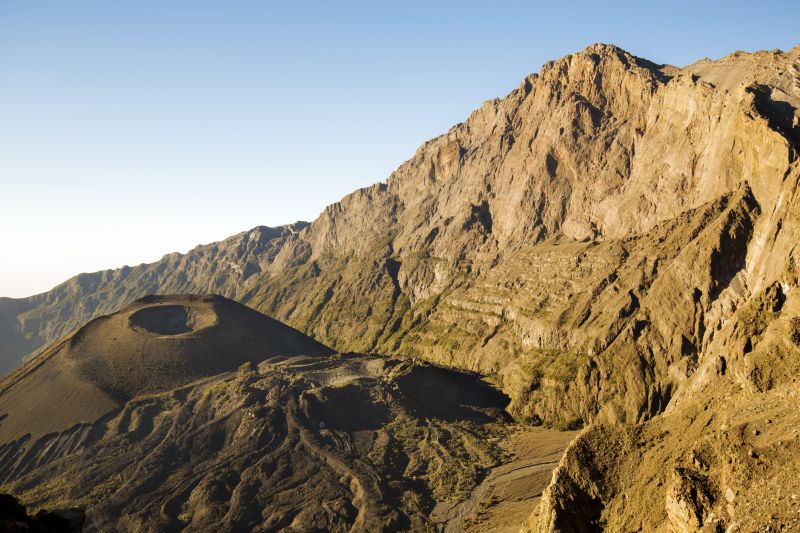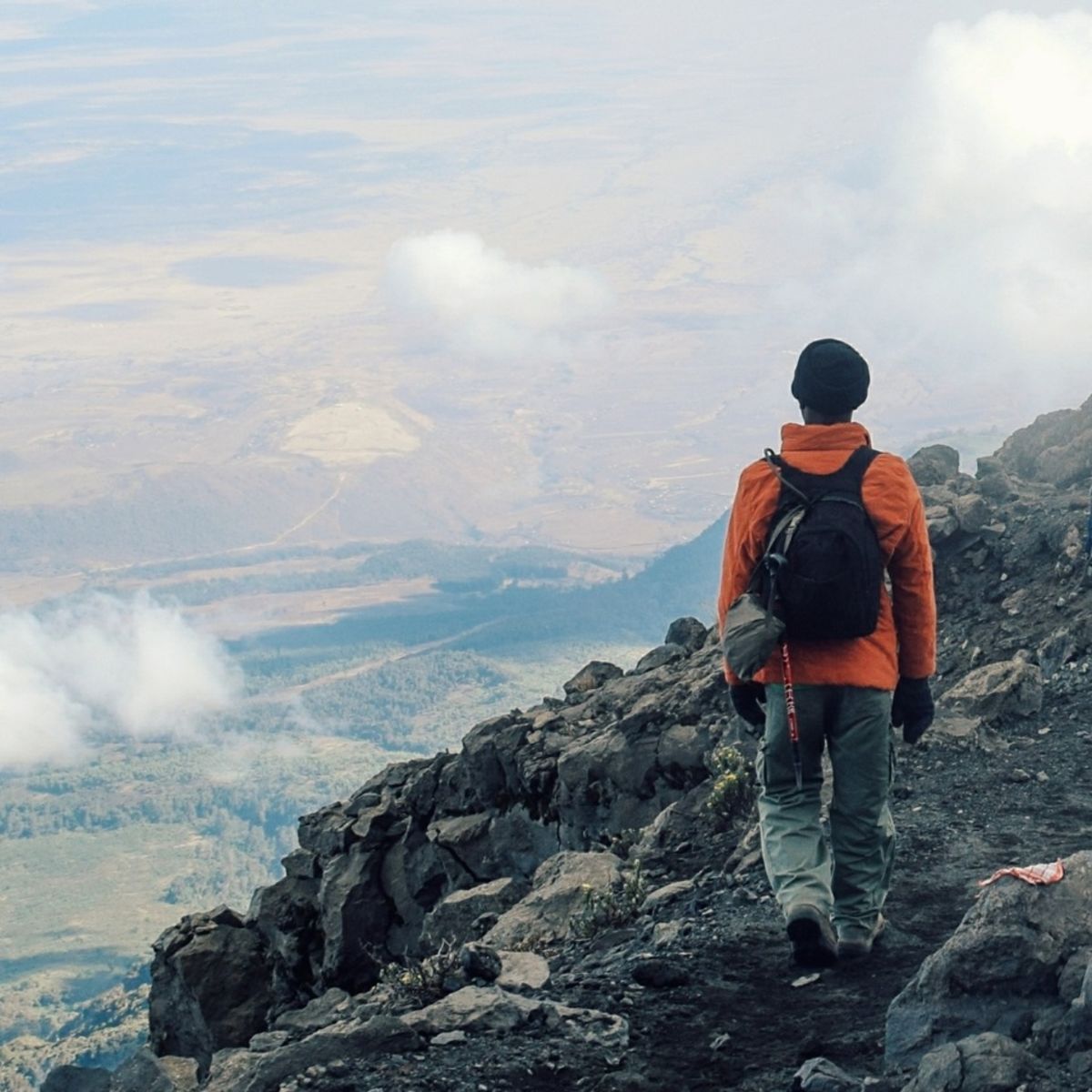
How hard is it to climb Mt Meru?
Mt Meru is a challenging three- or four-day high-altitude trek that's suitable only for those with good hiking fitness. You also need to be comfortable with narrow ridge paths, and able to deal with some altitude-related discomfort. Here's more detail ...
Basic facts
Duration: 3 or 4 days Distance: About 43 km (27 miles) Start elevation: 1,500 m (4,921 ft) Summit elevation: 4,562 m (14,967 ft) Altitude gain: 3,062 m (10,046 ft)
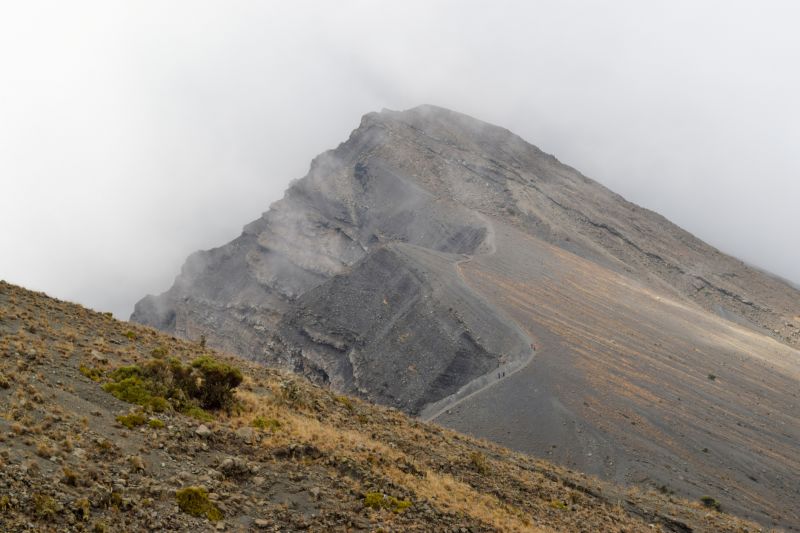
You need good hiking fitness
Each day on a Mt Meru climb is challenging in different ways, but the challenge awaiting you on summit day is BIG.
Day 1: Hike to Miriakamba Hut
Day 2: Hike to Saddle Hut (4 km)
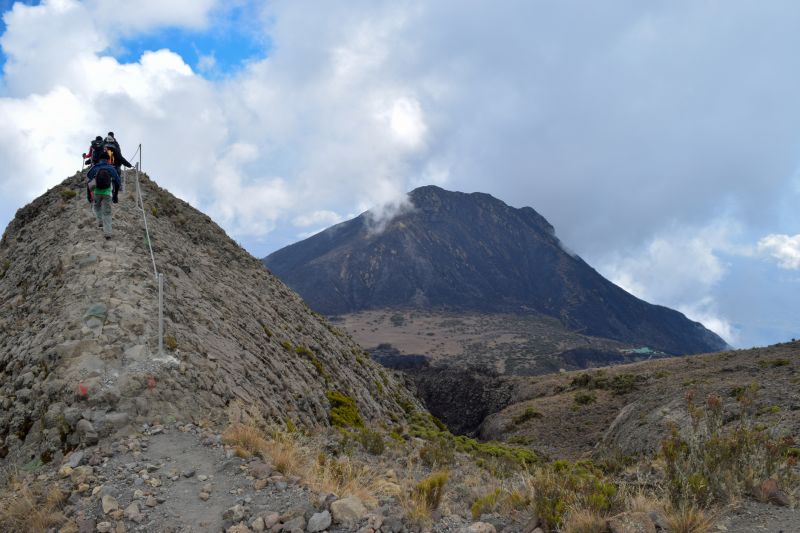
Day 3: Summit day (20 km)
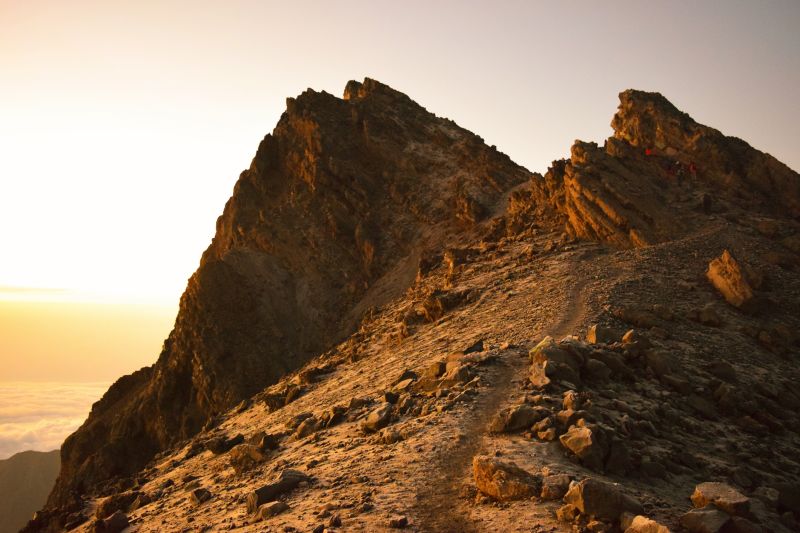
Summit day on Meru involves walking in the dark, dealing with the fatigue that accompanies very high altitude, and hiking for 12 to 15 hours.
Day 4: Descend to Momella Gate

You need a head for heights
You might wish to reconsider climbing Mt Meru if narrow contour paths and ridges make you nervous.

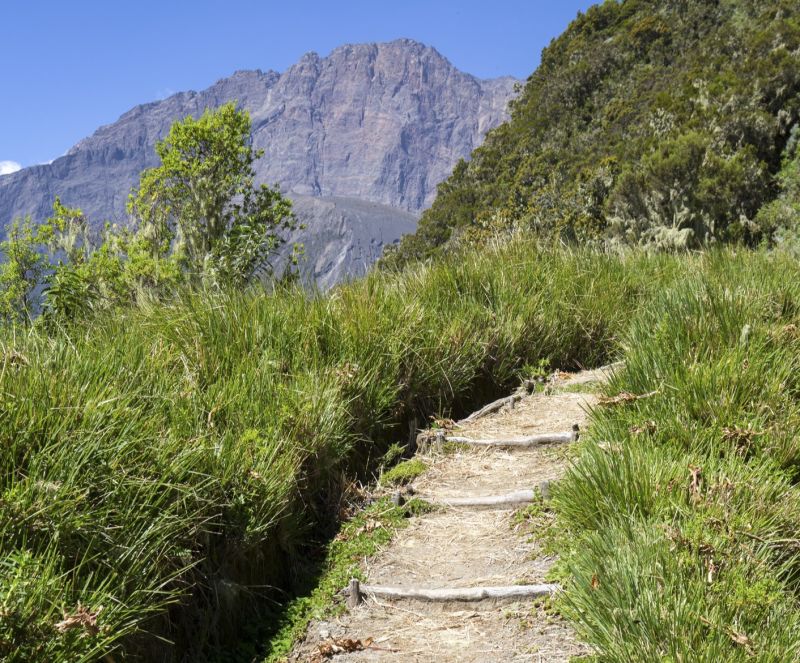
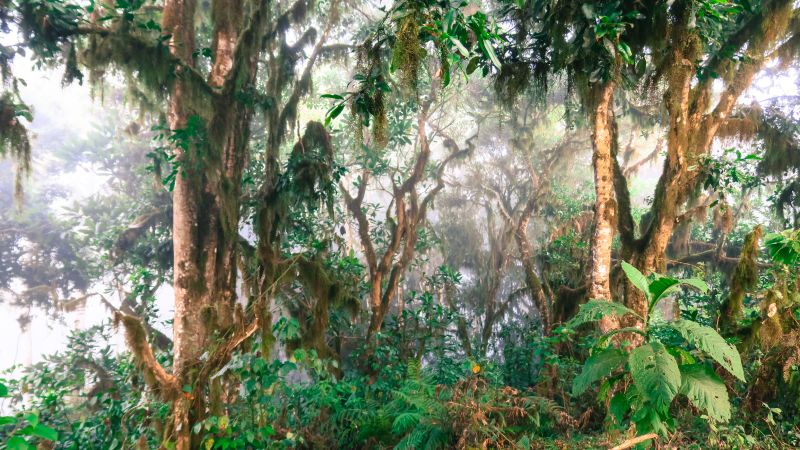

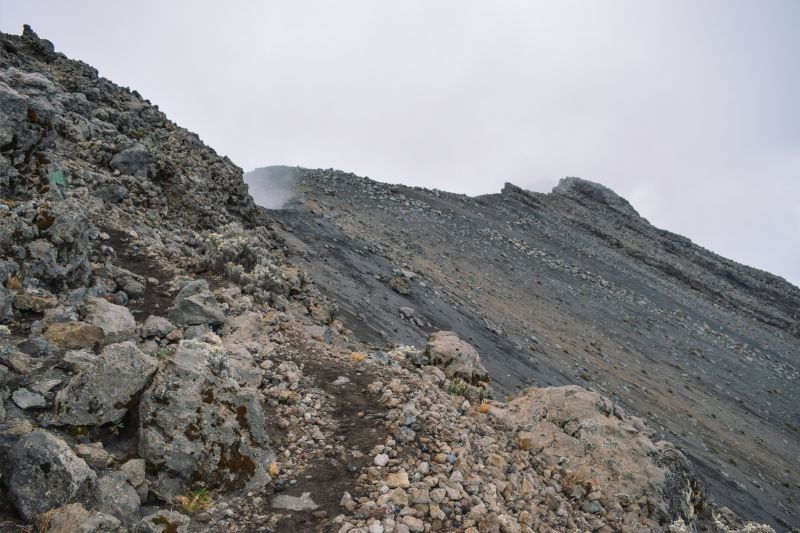

Don't underestimate the altitude
You should expect your breathing to be more laboured on summit day given the high altitude.
